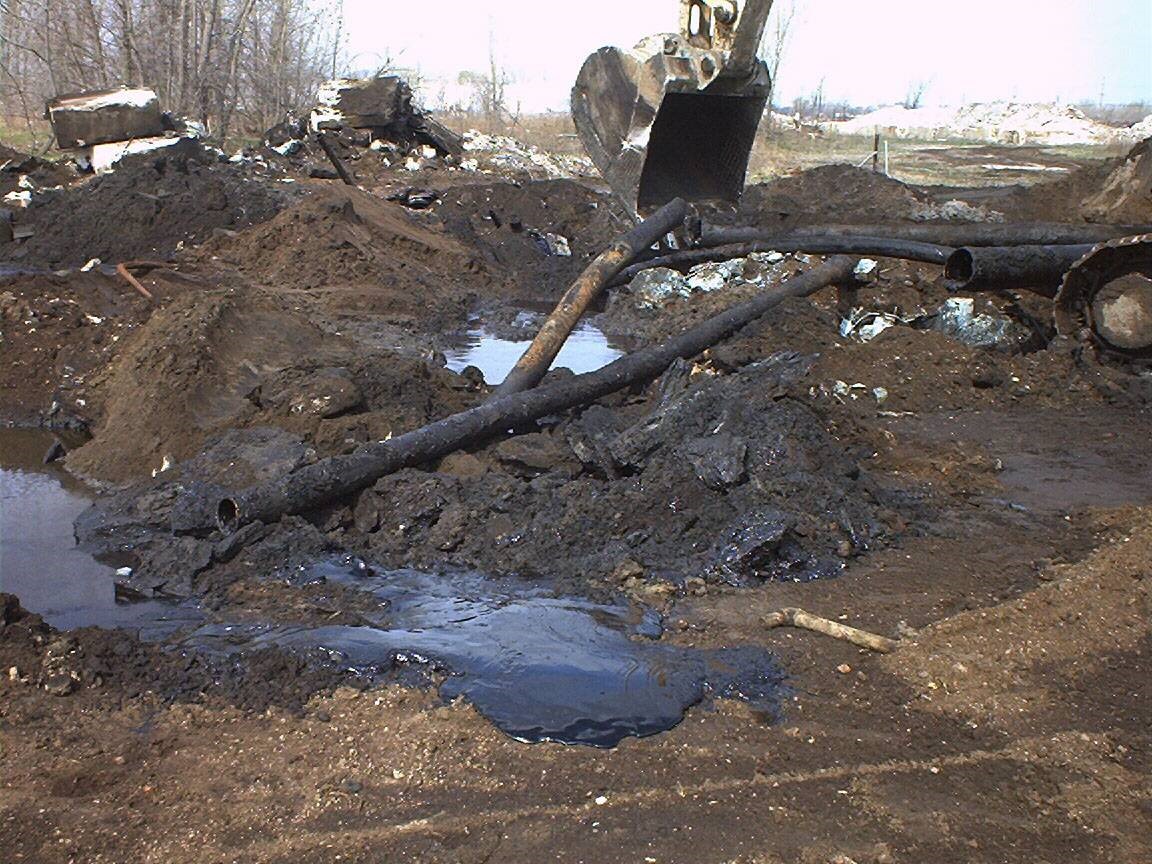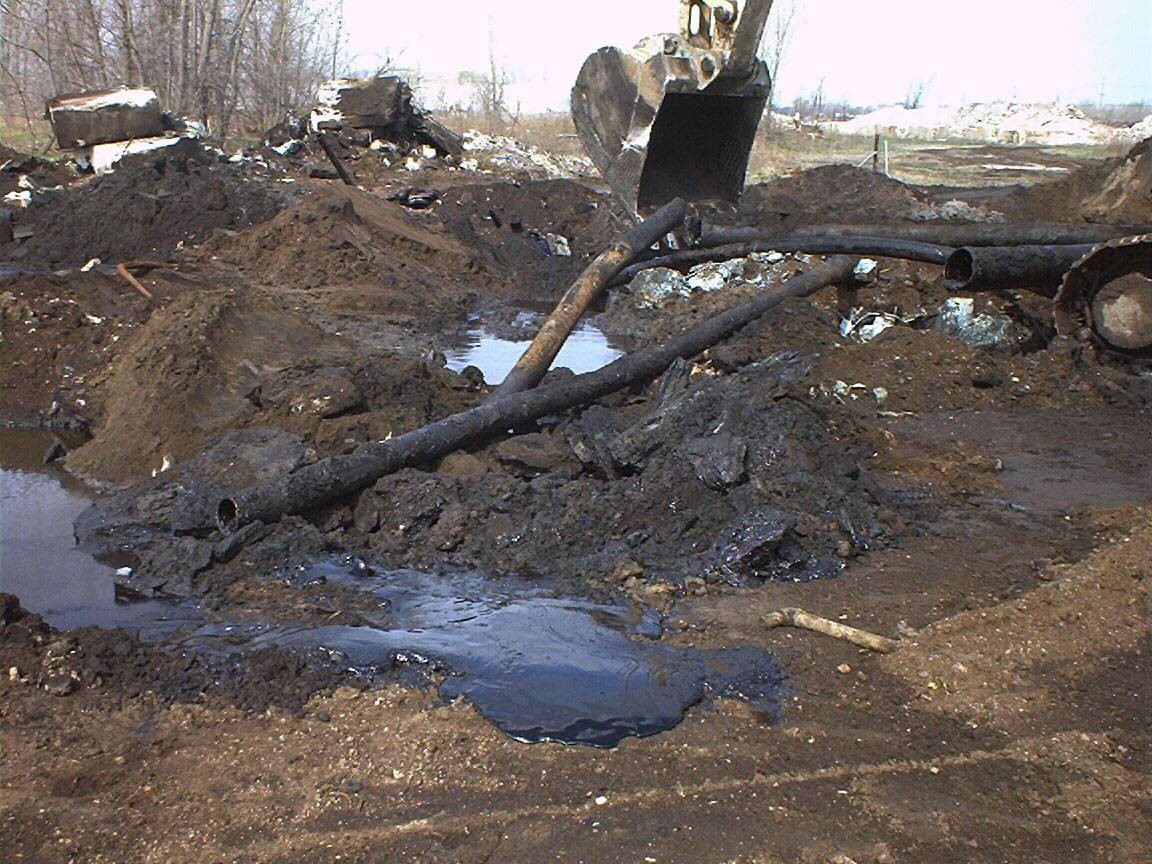When the Superfund program turns 40 next year, few are likely to celebrate with cake and candles since the program was originally created to clean up toxic waste releases into the environment from infamous sites such as Love Canal, New York and the “Valley of the Drums” in Kentucky. Although Superfund has received much criticism over the years - too expensive, too slow, and not enough cleanups completed are common themes – there is no doubt that the United States Environmental Protection Agency has accomplished much toward its primary mission of protection of public health and the environment. In this blog, a snapshot of program accomplishments is presented, and we take out the crystal ball to predict the future.
Program Accomplishments
In late 2018, Superfund published its fiscal year 2018 Accomplishments Report, which included the following notable achievements:
- Controlled potential or actual human health risk at 1507 sites to date;
- Controlled migration of contaminated groundwater at 1198 sites to date;
- At the end of FY 2018, 1338 sites were on the National Priorities List and 412 were deleted from the NPL (no further response actions required); and
- At the end of FY 2018, 887 sites obtained the status of “Sitewide Ready for Anticipated Use (SWRAU)”, a measure of a site’s suitability for re-use or redevelopment.

In the early days of Superfund, the worst and most visibly contaminated sites were cleaned up as images of workers in protective suits handling rusty drums of unknown chemicals made headlines. As the program matured, more complex contamination issues were addressed, which included efforts to re-use contaminated land. USEPA created the SWRAU concept in 2004 to help real-estate stakeholders understand suitable end uses for remediated sites. “Ready for Reuse” (RfR) determinations were written in plain English so that technical requirements could be easily understood by the stakeholders, including the public. RfR sites included redevelopments involving residential, commercial, and recreational use, which shows that the stigma of a Superfund site as a permanent wasteland could be overcome.
In Part 2 of this blog, we’ll examine the status of Superfund funding and potential future hot buttons.




